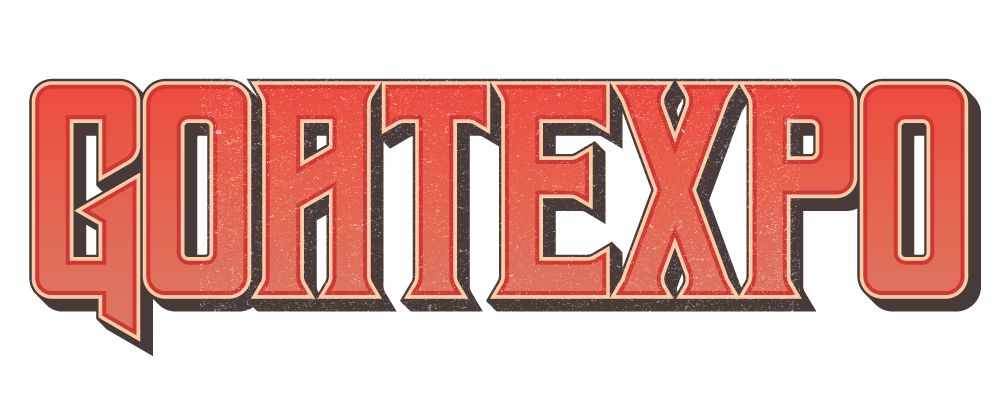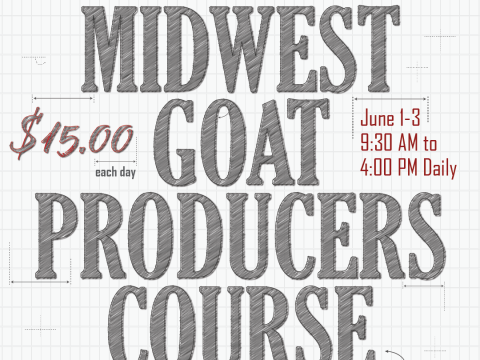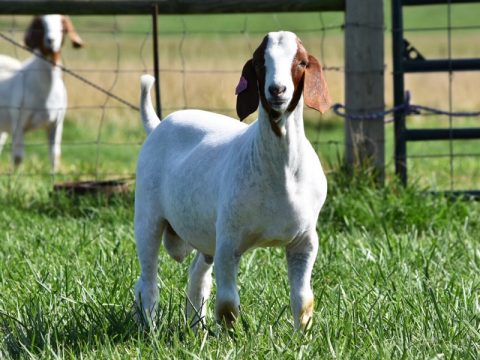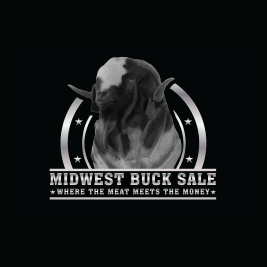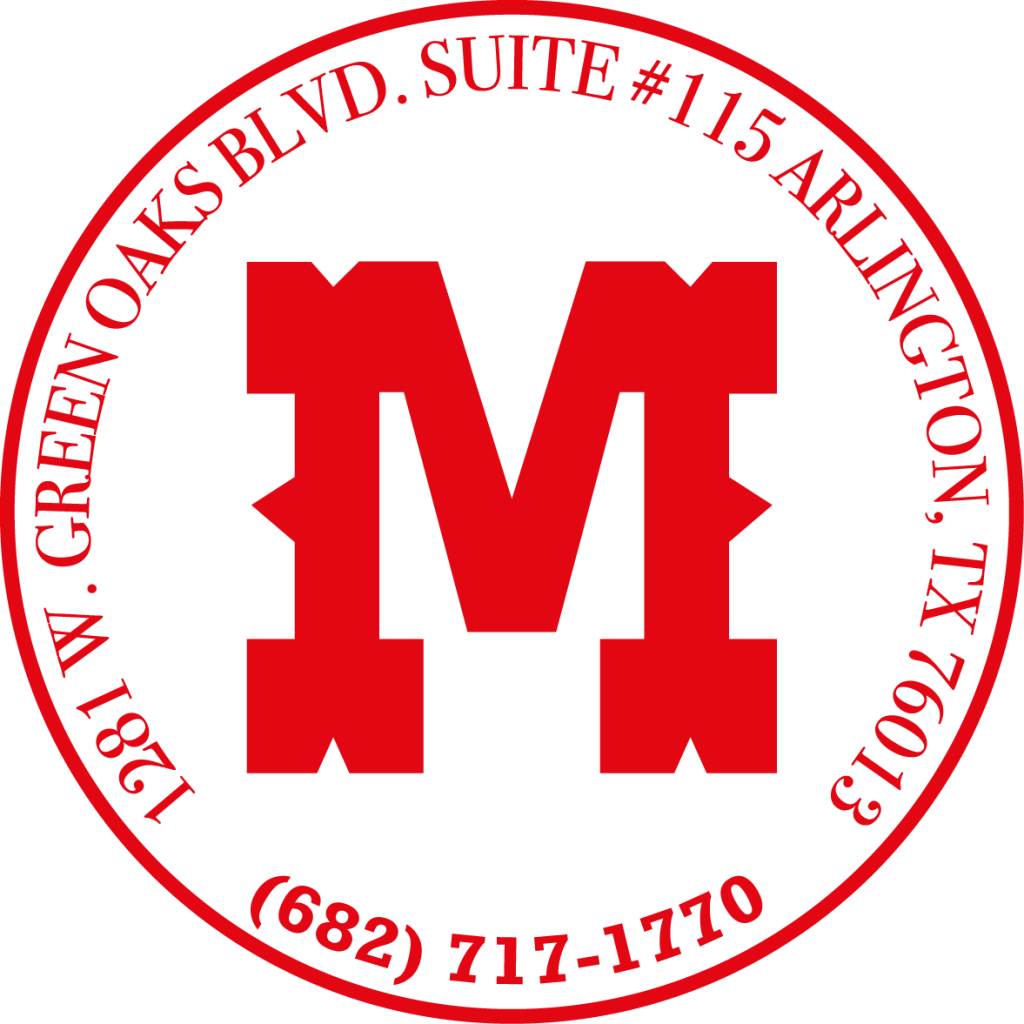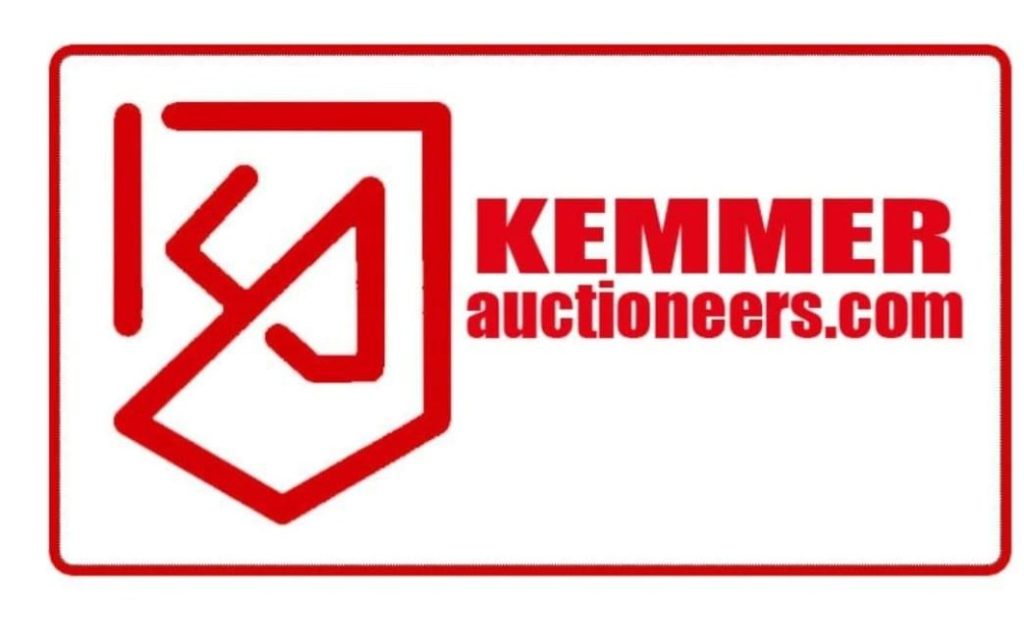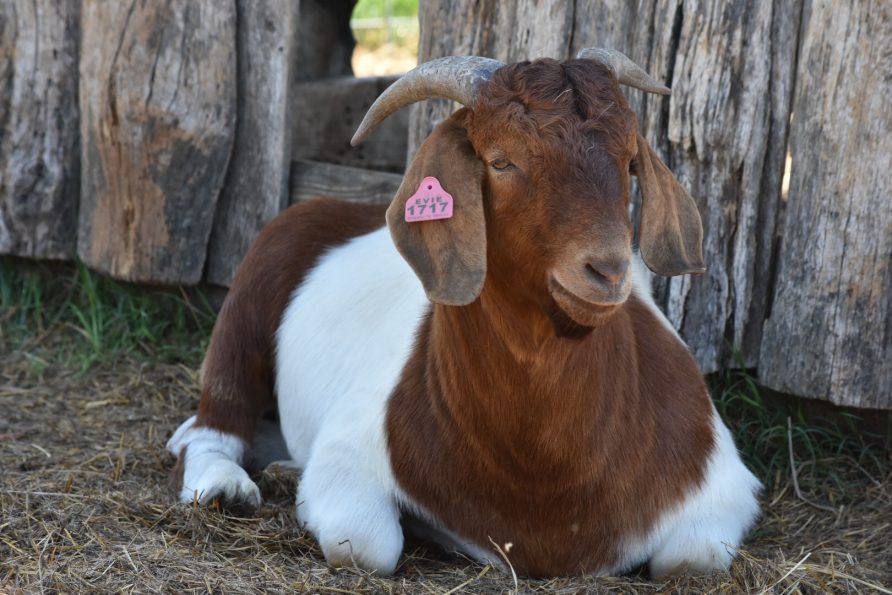
The endocrine glands and hair are formed at the same time in embryonic development. Therefore it would seem that the hair swirls may be a manifestation of proper functioning of the endocrine glands. Hypotheses on this conclusion appear in this article
Antelope Creek
Fred C. Homeyer
Box 47
Robert Lee, TX 76945-9403
325-453-2863
A STUDY OF HAIR COATS ON BOER GOATS 2/25/2012
I hope this title caught your attention as I want to share several interesting observations about the hair coat on Boer goats in this article. If you have a question on goat raising please send me a note via the following address if you have access to a computer and the internet, you may send your questions to me at:ancreek@yahoo.com
My website is: www.antelopecreek.com
I continue to read and do research on South African Boer goats. This reading includes articles and research performed by various people around the world on various breeds of livestock. In many cases I think observations and conclusions about other livestock breeds can have a bearing on Boer goats. For the past several years I have done extensive reading of books and articles written by Professor Jan C. Bonsma the famous South African animal scientist who spent 50 years of his life studying and measuring livestock. It was said that Bonsma could walk into a herd of cattle and tell you how many calves each cow had had and do this with at least 97% accuracy. How could he do this? Apparently there is much to be learned from the study of the hair coat on cattle especially the hair on and shape of the escutcheon. The escutcheon is the area on the rear end of the female cow that extends from the vulva to the start of the udder. The length, texture, amount and composition of this hair can tell you quite a bit about the reproductive capacity of the animal including whether she is an early milker and a long milker according to Dr. Bonsma. Perhaps we can apply Bonsma’s hypotheses to the South African Boer goat. I recently presented a seminar in Iowa on “Meat Goat Carcass Evaluation, Fabrication and Marketing.” At this meeting I happened to mention that I had been observing the swirls of hair that appear about half way down the back legs of about 40% of the Boer goat females that I see in the show ring when I am judging a show. When I see these circular hair swirls I always ask the exhibitor, “Is this goat a good mother and a good milker”? The answer has always been “yes”. I know that these hair swirls on the back legs of dairy goats is sometimes considered an indication of good milkers therefore I have formed an hypothesis and extrapolated this theory to Boer goats. While the small sample size of perhaps as many as 2000 Boer females with these hair swirls I have observed is not conclusive proof that these swirls are an indication of milking capacity and maternal traits empirical evidence would tend to provide considerable evidence that this is in deed the case. If you carry this one step further, I have observed these hair swirls on the back legs of perhaps 10% of the Boer bucks that I have seen in the ring. If these swirls are an indicator of milk and maternal traits in females perhaps these swirls appearing on the back legs of males would indicate these bucks might produce doe kids with good milking ability and strong maternal traits. The more we notice about our animals the better breeders we may become. From the comments that I made about these hair swirls or “milk swirls” as I call them one of the other speakers at the carcass evaluation seminar I mentioned earlier sent me a very interesting article entitled, “Reading the Bovine Hair Coat” which was written by Dr. Paul Dettloff and published in the CROPP Cooperative Organic Farming Technical Bulletin Number 5 – Edition 1.0. Dr. Dettloff begins his article with the statement, “You can tell a great many things about bovines just by “reading” their hair coats – of course you have to know what to look for. The hair coat of a healthy bovine can give you indications of health, production, components, reproduction and behavioral traits.” This statement really caught my interest and made me want to read more. Dr. Dettloff states there are at least three external swirls on hair that are health indicators on cattle. The location of the hair swirls correspond to hair swirls I have observed on Boer goats over time. The pancreatic swirl is located in front of the udder and on the lower body. This swirl works forward and enlarges with pregnancy according to Dr. Dettloff and is a sign of reproductive efficiency. If you look at enough Boer goats you will discover that a significant number of them will have a swirl of this type down low on the barrel of the body. Another one of the swirls observed on cattle is called a thymic swirl and appears on both sides of the neck. This swirl is an indicator of a good healthy immune system according to the article. I have observed these swirls on many Boer goats and I am starting to ask their owners when I see them if these goats seem to be unusually healthy and robust. In every case so far the answer is “yes”. These thymic swirls on a Boer goat give fits to the person preparing a goat for the show ring as they have to shave them off to make the coat appear smooth. The third swirl mentioned in Dettloff’s paper is called the adrenal swirl that may run from the ribs back to the para lumbar region. This swirls supposedly shows that the endocrine system is working. While Dettloff does not specifically mention the “milk swirls” I mentioned above I think that they deserve some consideration. After reviewing this discussion of swirls in the hair coat it would seem that collectively they all are indications of proper glandular function in the animal. Bonsma states that glanular function in an animal is set at conception and contributes to whether the animal is functionally efficient in the environment in which it lives. Proper glandular function is essential to survival and sustainability. Another observation from Dr. Dettloff that I found very interesting is what he calls “happy lines”. Happy lines can appear in the mid-thoracic area as horizontal parallel lines in the skin. According to him these lines on a cow’s sides are associated with a healthy relaxed animal on high forage and will occur in up to 40 to 50% of the cattle in some herds. I haven’t noticed “happy lines” in Boer goats but I am going to start looking for them. It turns out that studying the hair coat on cattle is not a new thing. In Germany Mr F. Guenon spent his lifetime studying cattle and in particular their hair coats and published a book in 1888 called “Guenon on Milch Cows – A Treatise Upon The Bovine Species in General”. It was originally published in German but was reprinted in English in 1918. In the conclusion of Dettloff’s article he says that most people look at livestock without really seeing them. I think this statement is very true in my experience. I recently wrote an article that appeared in the Canadian Meat Goat Journal entitled “What Boer Goats Tells Us”. The South African Boer Goat tells us about itself through its skeletal dimension, structural correctness, muscularity, eye appeal, balance, physical bearing and yes, even by the quality, texture, and composition of their hair coat and designs or swirls in their hair coat. I hope this article will make you more observant of your Boer goats. The Boer goat tells us a lot about itself if we will only look and listen.
If you would like to contact the CROPP COOPERATIVE they can be reached at One Organic Way, LaFarge, Wisconsin 54963 (888-809-9297) www.organicvalley.coop/farmer
Until next time————————————————-
You may contact, Dr. Fred C. Homeyer, at Antelope Creek Ranch, Box 47, Robert Lee, TX 76945: Ph:(325)-453-2863. Email: ancreek@yahoo.com, website:www.antelopecreek.com

